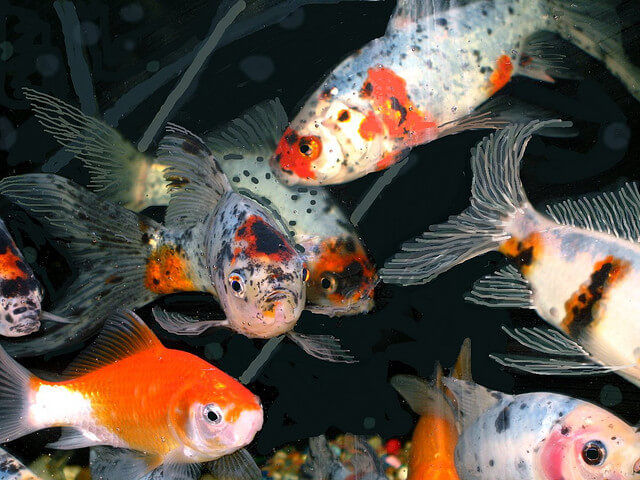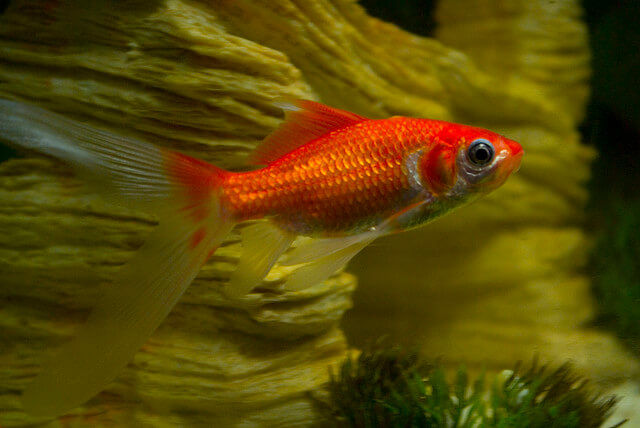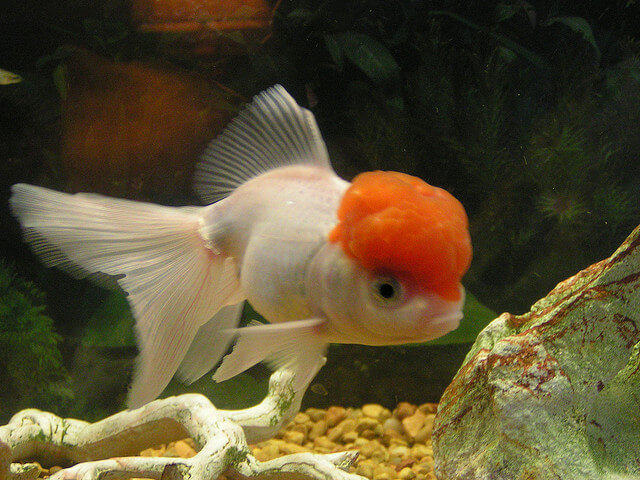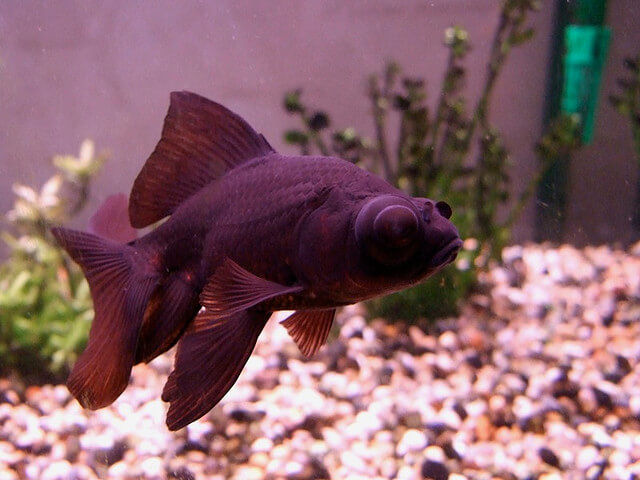Goldfish have been kept as pets for centuries, and there are many reasons why people continue to keep them today. Goldfish are hardy animals that can survive in a variety of water conditions, and they come in a wide variety of colors and shapes. They are also relatively affordable, making them a popular choice for pet owners on a budget.
People like them because they are relatively easy to care for, and they come in a variety of shapes and colors. Goldfish can also be quite social, and will often interact with their owners and other fish in their tank.
However, like all pets, goldfish can get sick or injured. In this article, we will discuss four of the most common diseases and illnesses that goldfish can get, along with how to treat them.
Swim Bladder Disease
Caring about fish can be challenging without proper experience and necessary research as many people are not aware of the swim bladder disease, even though it is one of the most common goldfish diseases. Fortunately today there is a plethora of resources like https://aquariumlife.org that can help newbie fish lovers learn their basics and cover the ground before they get their new pets. Swim bladder disease is a common problem in goldfish, and it can be caused by several different things. The swim bladder is a sac that helps the fish to float and maintain its balance. If this sac becomes damaged or infected, it can cause the fish to float unevenly or even sink to the bottom of the tank.
Symptoms of swim bladder disease include:
- Floating upside down when you will see your goldfish
- Sinking to the bottom of the tank and having trouble swimming
- Swimming in erratic, jerky motions
- Floating or sinking at strange angles
If you notice any of these symptoms in your goldfish, it is important to take them to a vet as soon as possible. Swim bladder disease can be fatal if it is not treated promptly.
Treatment for swim bladder disease will vary depending on the underlying cause. If the problem is caused by an infection, the fish will likely be put on antibiotics. If constipation is the cause, the vet may recommend a change in diet or medications to help relieve the blockage. Surgery may also be necessary in some cases.
Fin Rot
Fin rot is usually caused by bacteria and can cause the fins of the fish to become frayed, ragged, or even fall off entirely. The disease can also spread to the body of the fish, causing ulcers and sores.
When fin rot first starts, the fins of the fish may become frayed or ragged. The disease can then spread to the body of the fish, causing ulcers and sores. As the disease progresses, the fins may fall off entirely, and ulcers and sores can spread. This can cause serious health problems for the fish, including death.
Fin rot is often caused by poor water quality, so it is important to regularly clean your goldfish tank and change the water. If you notice any signs of fin rot, you should take your fish to the vet as soon as possible. Treatment will likely involve antibiotics and a change in water conditions.
Dropsy
Dropsy is another common goldfish disease, and it is characterized by swelling of the fish’s body. This swelling is caused by a build-up of fluid in the tissues, and it can make it difficult for the fish to swim and breathe properly. Dropsy is often fatal if not treated immediately, so it is important to take your fish to the vet as soon as you notice any symptoms.
Symptoms of dropsy include:
- Swelling of the body
- Bloating
- Pineconing (when the scales stand up away from the body)
- Lethargy
- Loss of appetite
If you notice any of these symptoms in your fish, it is important to take them to the vet right away. Dropsy is often fatal if not treated immediately. Treatment will likely involve antibiotics and a change in water conditions.
Columnaris
Columnaris is a bacterial infection that can cause sores, ulcers, and lesions on the body of the fish. The disease can also affect the fins, gills, and mouth. Columnaris is often fatal if not treated promptly, so it is important to take your fish to the vet as soon as you notice any symptoms.
Symptoms of columnaris include:
- Sores, ulcers, or lesions on the body
- Frayed or ragged fins
- Gill damage
- Mouth lesions
If you notice any of these symptoms in your fish, it is important to take them to the vet right away. Columnaris is often fatal if not treated promptly. Treatment will likely involve antibiotics and a change in water conditions.
Prevention
The best way to prevent goldfish diseases and illnesses is to maintain a clean and healthy environment for your fish. This means regularly cleaning the tank and changing the water, as well as using a high-quality filter. It is also important to feed your fish a nutritious diet and provide them with plenty of space to swim. If you suspect that your fish is sick, it is important to take them to the vet right away. Early diagnosis and treatment can often save the life of your fish.
Related Reading




